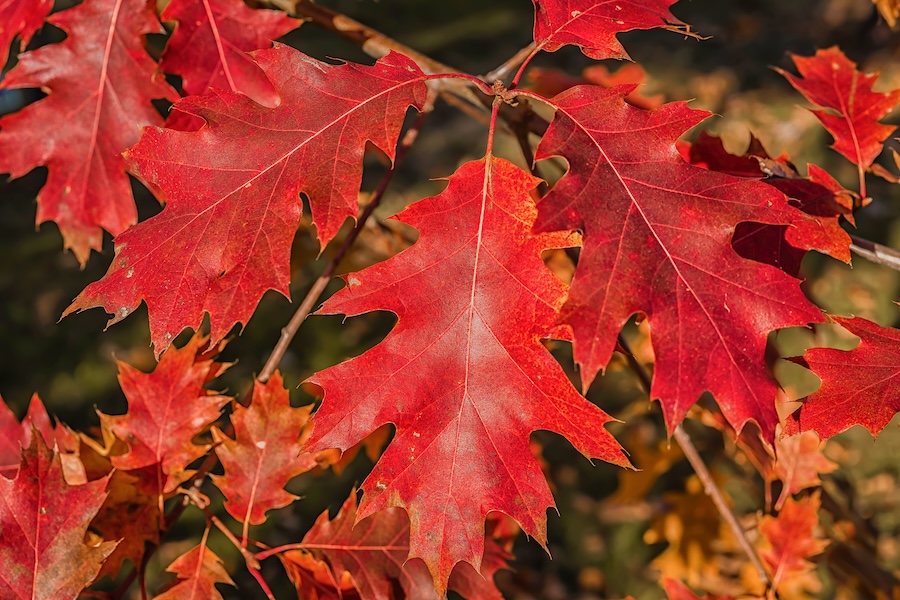Two German research institutes studied the influence of different tree species on the water balance (transpiration, interception, etc.) and on the water cycle (water storage in the soil, groundwater recharge, etc.) as part of a joint project (InteW2). Six tree species were studied: beech, spruce, Douglas fir, pine, red oak, and pedunculate oak.
The study showed that red oak and pine are sparing soil water. Pedunculate oak and Douglas fir, on the other hand, evaporate more water during the year.
Douglas fir traps rainwater, meaning that a large amount of water is lost because it does not reach the ground (“interception”). Nevertheless, Douglas fir uses the available water sparingly. Groundwater recharge is therefore generally good and comparable to that of pine.
New strategic developments (the National Water Strategy and Forestry Strategy 2050 in Germany) will strengthen collaboration between the two disciplines. The InteW2 project brought together various stakeholders (experts from government, forestry, water management, and civil society) to propose a catalog of best practices and recommendations for policymakers.


